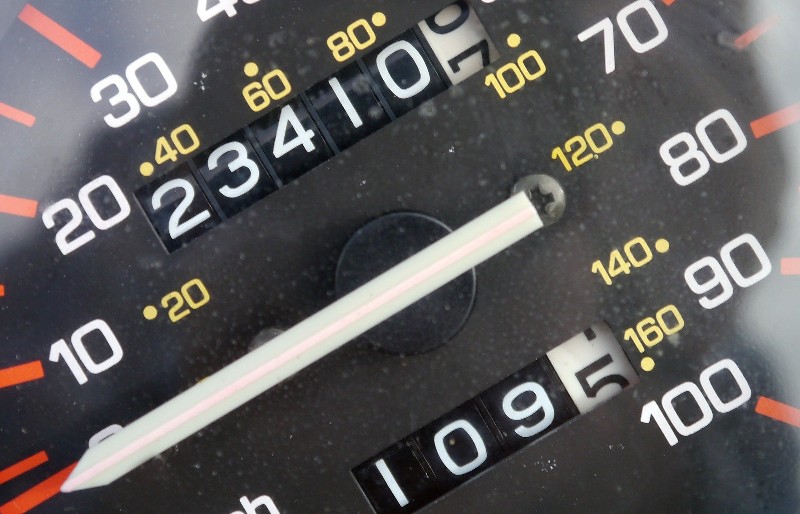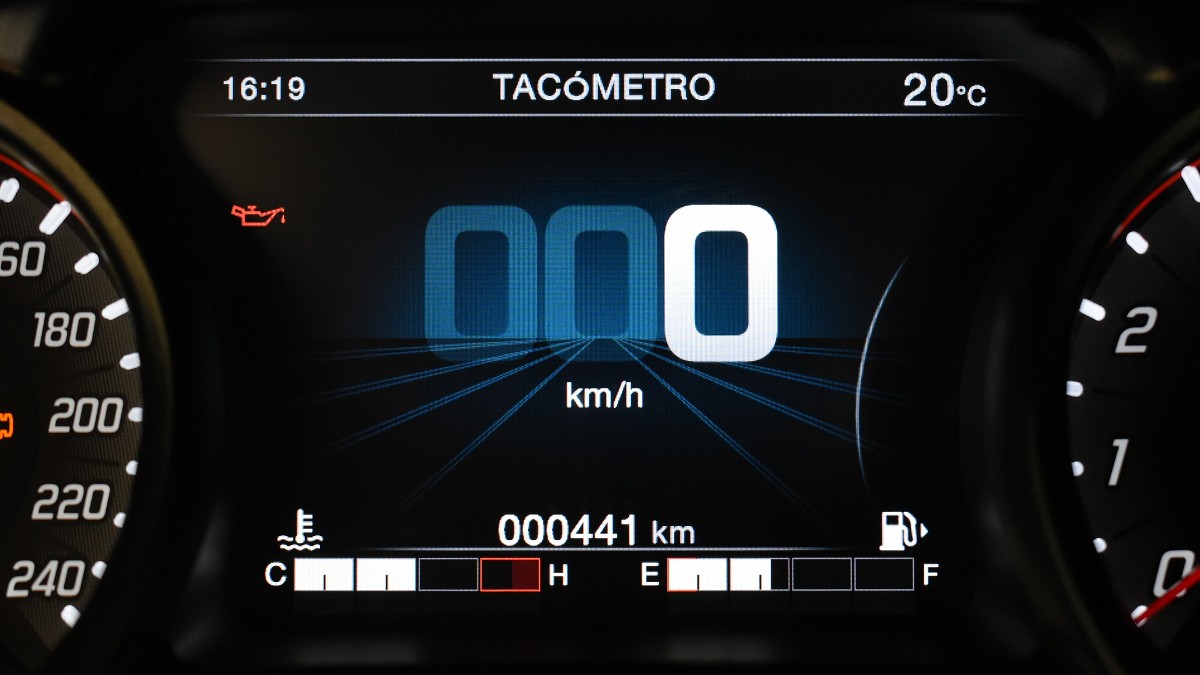One of the most important components of a car is the odometer which records the total distance traveled by car. This information (mileage) is important in assessing the level of work or stress the engine has been subjected to. While digital odometers rarely have issues, they may sometimes stop working, and you’ll find ways to fix your digital odometer when it gets faulty below.
Detective wiring, malfunctioning sensors, and ECU issues are the top reasons why digital odometers stop working. Fixing the problem requires a correct diagnosis of the problem and then applying the appropriate solution.
Digital odometers are becoming increasingly favored by car manufacturers because of their high accuracy and difficulty of being tampered with. Issues with digital odometers are rare and are more likely to occur in cars that have passed the 200,000-mileage mark. Continue reading to learn more about digital odometers and how to resolve any issue you may encounter with them.
Understanding The Importance Of An Odometer
You are bound to find an odometer on the instrument cluster of a car behind the wheel. And the function of the odometer is to track the total distance traveled by car and display the corresponding figure. Without an odometer, car owners will have no idea of the distance traveled by car and, consequently, the intensity of work done by the car.
Odometers are generally designed to be non-resettable, although some fraudulent people find ways to tamper with the readings. This allows them to present a car with high mileage to potential customers as one with lower mileage and get more money on the sale.
The odometer readings also come into consideration when buying a car, as vehicles with lower mileage are more likely to be in better condition than those with higher readings. Drivers can also use odometer readings as references for when to change oil, service the engine, or for some other maintenance practices.
Mechanical Vs Digital Odometers
Mechanical odometers are mostly found in older cars and are basically a series of cogs containing numbers on each edge. The cogs move in accordance with the wheel rotation, and depending on the type of vehicle; mechanical odometers may have a maximum count of 99,999 miles. When the odometer reaches this number, it resets to 00000 miles.
Mechanical odometers are a dying breed as modern cars tend to come with digital odometers that display the mileage digitally. The mileage is also stored in the main engine control module. Manufacturers hope that digital odometers will help reduce fraud associated with tampering with odometer readings.

Why Your Odometer May Not Be Working
If you notice the mileage of your odometer isn’t increasing, then your odometer isn’t working. Below are common reasons why digital odometers suddenly stop working:
Defective Cable/Burnt Fuse
A system of cables connects your digital odometer to the sensor and engine control unit. Whenever any of the cables become defective, then the odometer will function properly. Degradation of the cable’s insulation is usually the main reason why cables become defective.
A short circuit can also occur when wires become defective, which can blow a fuse. While this rarely happens in modern cars, it’s still a possible reason why digital odometers may not be working.
Issues With The ECU
In modern cars, the control unit or hub of the vehicle is the Engine Control Unit (ECU). It monitors and tracks several activities in the vehicle, including speed and mileage, and an issue with this important component can affect the operation of the odometer.
Malfunctioning Sensor
Digital odometers rely on sensors to track speed and mileage. Any issue with the sensor will definitely affect the operation of the odometer and may cause false readings or the cessation of the functioning of the odometer altogether.
How To Fix A Faulty Digital Odometer
Ideally, you should let your mechanic fix a faulty digital odometer. Fixing a faulty digital odometer isn’t too difficult with the right instruction. But you should be careful not to tamper with other components. You want to fix the faulty odometer, not create a host of other problems.
Fixing a faulty odometer relies on finding the root cause of the problem and then resolving the issue. Below are popular fixes to malfunctioning digital odometers.
Replace Speed Sensors
If the speed sensor is the cause of the problem, then you’ll need to replace it. You’ll find the speed sensor near the back of the transmission. Consult the owner’s manual for the type of speed sensor to buy or have a chat with your mechanic about the issue.
Sometimes, the reason behind digital odometers failing is due to the gears that turn the odometer. And to inspect and potentially fix the gears, you’ll have to pull the instrument cluster, which shouldn’t be a big deal if you know what you are doing. If not, let a professional handle it.
Remove Dust
Dust can affect the functioning of your odometer, and you should always endeavor to clean all dirty parts whenever you are fixing a malfunctioning odometer. Use an air compressor and micro cloth to clean the translucent plastic of the odometer when you open it.
Fix Defective Wires
When you notice any of the wires connected to the odometer has become faulty, then you’ll have to fix the wire. This may involve adding a length of wire. It’s important you use a cable that’s similar to the one used in your car to ensure the proper functioning of the odometer.
Check The Fuse
If there’s an issue with the wiring, then there’s a high probability that the fuse has also been affected. You’ll have to replace the fuse if it is faulty, and this involves installing a fuse of simple rating to the one initially in the vehicle.
The ECU May Need To Be Replaced
If other fixes discussed above have been implemented and the odometer is still not working, then the problem is likely to be with the ECU. And if this is the case, the entire ECU will have to be replaced. It’s possible to reset the ECU, but it’s more of a temporary fix.

